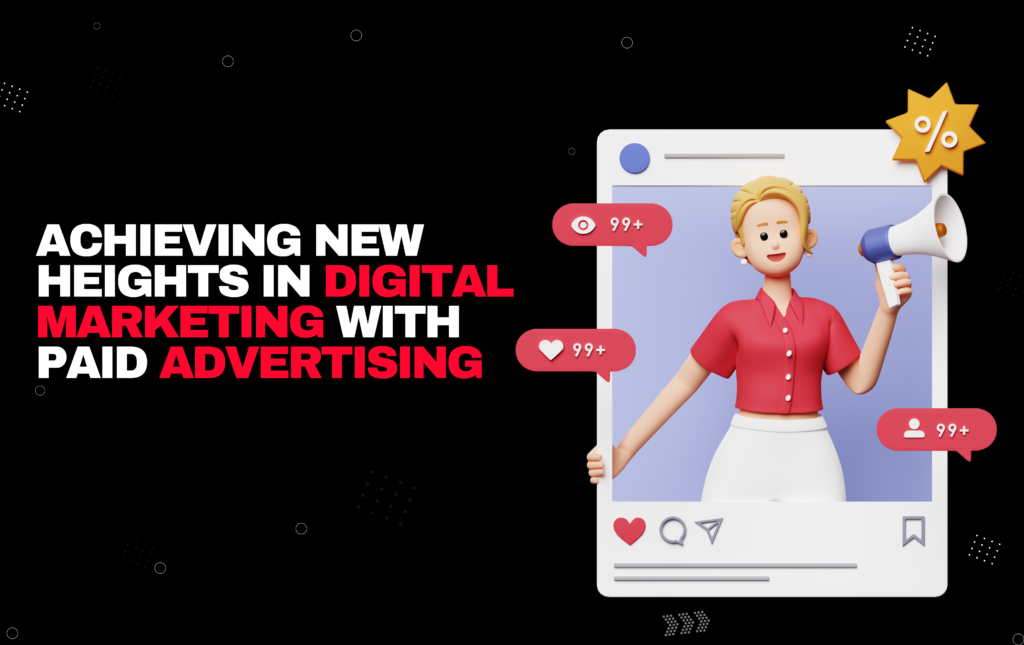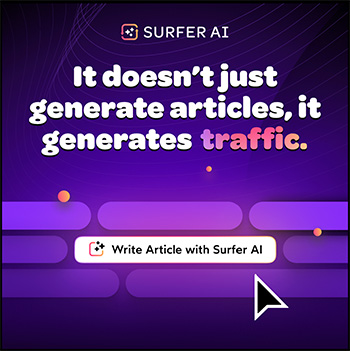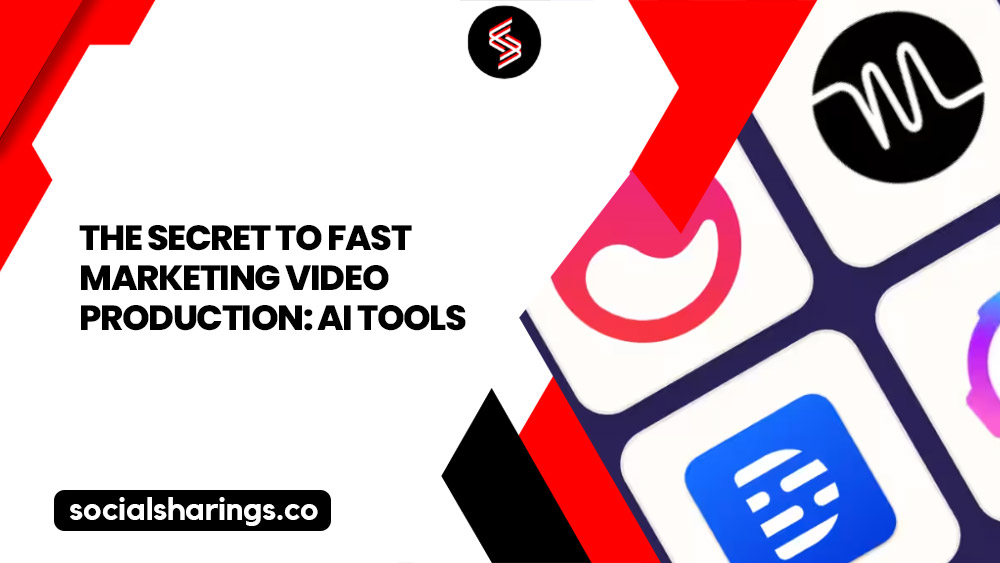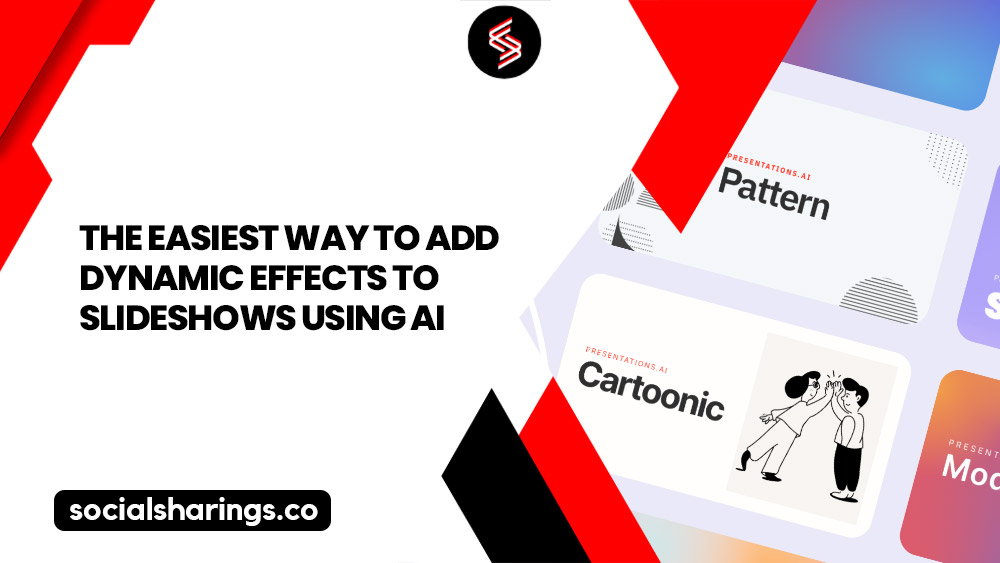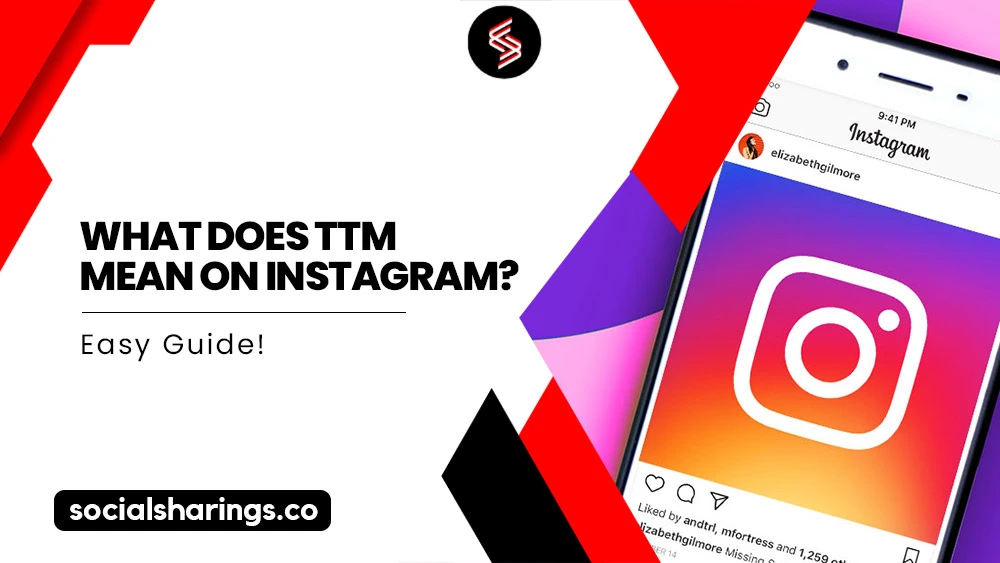Advertising was and remains an excellent way for brands to increase sales and expand their customer base.
Although the modes of advertising have shifted from traditional to paid online advertising, it remains an indispensable part of a company’s marketing strategy.
As Google introduces new algorithm changes with every passing year, it is becoming increasingly challenging for brands to boost their organic reach. Paid advertising services emerge as a savior for brands in these tough times.
Here, I will go through the top paid advertising strategies to take your digital marketing efforts to unprecedented heights.
Let’s get started!
What Is Paid Advertising?
Paid advertising or pay-per-click advertising is an online mode of advertising used by brands to attract traffic to their websites.

The ad goes through a system of real-time auctions to be placed on the search engine, an online publishing site, or a social media website.
Mostly, the company only needs to pay when a visitor clicks on the ad, regardless of how long it ranks on the search engine.
Types of Paid Ads
There are numerous paid advertising options, each offering unique privileges to a brand and the ability to reach a widespread audience.
Here are a few examples of these ads.
Paid Search Ads
Paid search ads are text ads at the extreme top or bottom of SERPs (search engine result pages).
The best part about them is that they’re highly targeted, allowing brands to effectively target potential customers when they search for products or services that are similar to yours.
You can spot paid ads by looking for the emboldened “sponsored” or “ad” sign above the website.
Display Ads
Display ads, in contrast, are video or image ads found on websites or mobile apps.
Brands use these ads to enhance brand awareness and stimulate interest in your items and services, as shown below.
Social Media Ads
True to their name, social media ads appear on social platforms such as Instagram, Facebook, TikTok, YouTube, etc. These ads are tailored based on demographics, social behaviors, and interests.
Thus, they can be efficient instruments for brands to reach specific audiences. This is what a social media ad looks like.
Email Sponsored Ads
Email sponsored ads are another form of paid advertising sent to customers through promotional emails or email newsletters.
These ads are sent to a brand’s audience and tailored to their specific interests, making them a remarkable way to engage with your audience.
An example is when a customer receives an email newsletter and an ad at the end showcasing a new product.
Google Shopping Ads
Google shopping ads are similar to paid search ads, which appear at the top of the SERPs when a user searches for a product you offer. The difference, however, lies in the formatting.
Google shopping ads present an image of the product, the website where it’s sold, and the price and appear as a carousel.
Here is an example of Google shopping ads.
Video Ads
Video ads emerge in a video format and can appear before, after, or during a YouTube video. These ads quickly transmit information and are creative tools for improving brand presence.
Native Ads
Native ads seamlessly merge with the content around them, making them look less salesy and intrusive and, hence, more prominent to users.
They help customize your targeting preferences and perform incredibly in terms of engagement, click-through rates, and views.
Remarketing or Retargeting Ads
Remarketing ads are aimed at those customers who have already browsed through your website or engaged with your brand in any way.
These ads hold great potential to re-engage with prospective customers and motivate them to return to your website or proceed with a purchase.
How to Use Paid Advertising for Effective Digital Marketing?
Now that you know which paid ads are the most rewarding for businesses, it’s time to unveil the channels you can incorporate them in and find the most suitable type for your business.
Google Ads
Google has around 270 million active users, making it the largest and most versatile online platform that enables various formats of paid ads. Regardless of your business size, Google remains a top contender for paid advertising.

Google’s ability to target a global audience within an economical budget and cutting-edge targeting features make it a crucial platform to showcase your digital marketing efforts.
How To Kick Off with Google Ads?
- Create a Google Account: Start by going to the Google Ads website and creating an account with the help of your Google account. If you don’t have one, you must create one to proceed.
- Specify your Advertising Goals: Outline the goals you wish to achieve with your advertising efforts, such as generating leads, increasing web traffic, or driving sales. This will present the appropriate targeting options and campaign types for you.
- Select a Campaign Type: Some campaign types you can choose from include Search, Video, App, Display, and Shopping. Pick the one that resonates with your audience’s interests.
- Decide a Budget: Google Ads offers two options to advertisers. Depending on your budget, You can opt for a pay-per-click (PPC) model or a cost-per-thousand-impressions (CPM) model.
- Establish Your Target Audience: Google Ads extends some remarkable targeting parameters for brands to reach their desired audience. You can target your campaign based on location, interests, demographics, keywords, etc.
- Create an Ad: It’s time to unleash your creativity and create a captivating ad adorned with a persuasive, attention-grabbing headline, display URL, and description. Don’t forget to check Google’s advertising policies and guidelines before crafting your ad.
- Release the Campaign: Once you’ve selected your desired options, review the entire campaign before launching it. Monitor each campaign’s performance and make necessary alterations to optimize results.
How to Monitor Google Ads?
Monitoring the performance of your paid Google Ads is integral to measuring success and ensuring optimized results.
Here are some tools to help you out:
- Google Ads Dashboard: This enables you to monitor your campaign’s critical KPIs (key performance indicators), including impressions, conversions, and clicks on Google.
- Conversion Tracking: You’ll need to activate conversion tracking in your Google Ads account first to track your customer’s behavior after they click on your ad. For instance, you can see whether they purchased a product or not.
- Google Analytics: Google Analytics can be integrated with your Google Ads account and enables you to gauge how your ads are generating conversions, engagements, or other vital metrics.
Facebook Ads
Facebook Ads allows brands to reach their audience on Facebook alone and extends their social media marketing services to Instagram and Messenger.

This makes it a powerful advertising tool for brands that want to elevate brand awareness, promote new deals or products, and improve traffic.
How to Kick Off with Facebook Ads?
- Create a Facebook Business Manager Account: A Facebook Business Manager account allows you to efficiently operate your pages, ad accounts, and other features under one roof.
- Form an Ad Account: Within Business Manager, you’ll find the ad account option and can either create a new one or go ahead with the existing one. This is where you’ll administer your ad campaigns, track performance, and set budgets.
- Choose your Advertising Goals: Once again, you need to pick the goals you wish to achieve with your ad campaign, from increasing brand awareness to generating more leads. Defining the goals enables more advanced targeting options.
- Select Campaign Objectives: Facebook Ads present multiple options for advertisers to select their campaign objectives, such as expanding reach, engagement, video views, conversion, brand awareness, traffic, app installs, and lead generation.
- Mark a Budget and Schedule: You can decide between a lifetime or daily budget for your paid advertising campaign while also marking a schedule for the ads to run.
- Define a Target Audience: Through Facebook’s innovative tools and features, brands can target their audience according to demographics, behaviors, interests, etc.
- Settle on an Appropriate Ad Format: Some of the ad formats that you can choose from are images, carousels, collections, videos, and slideshows, depending on your campaign type and target audience.
- Craft your Ad: Design a captivating ad with eye-catching visuals, ad text, and a headline while ensuring it doesn’t breach Facebook’s advertising policies and guidelines.
- Launch the Campaign: Give a final look at your campaign settings and launch it to the world. You can also monitor its performance and ensure it follows your plan. If not, you can always revise its settings.
How to Track Facebook Ads?
- Ads Manager: Ads Manager allows you to monitor your ads’ KPIs, such as clicks, impressions, and conversions.
- Conversion Tracking: Activate Meta Pixel on your website to monitor user actions like purchases, queries, or form submissions and track conversions.
- Facebook Analytics: Facebook Analytics helps you see how well your audience interacts with your ads so you can alter your advertising strategy accordingly.
- Custom Conversions: Facebook Ads Manager enables users to create custom conversions for tracking specific customer actions on the website.
Instagram Ads
With over 1 billion users on its platform, Instagram is home to an enormous audience, enabling businesses to boost their customer reach and sales figures.

Whether you’re a service provider, fashion brand, retail, or e-commerce store, Instagram will simplify paid advertising for you.
How to Kick Off with Instagram Ads?
- Create an Instagram business account: Only businesses with a business account can create and run ads on Instagram. If you don’t have one yet, you can easily switch by going to your account settings.
- Connect your Instagram account with your brand’s Facebook page: Instagram ads are managed through the Facebook Ads Manager. Thus, integrating the two is essential.
- Choose the campaign objectives: Your objectives must align with your advertising goals. You can choose from multiple options, such as increasing website traffic, promoting a product, or generating new leads.
- Set a budget and schedule for ads: You can choose between the cost-per-click (CPC) and cost-per-impression (CPM) options to have greater control over aggregate spending. Similarly, you can determine your ad campaign’s start and end date to ensure timely advertising.
- Select a target audience: Instagram offers various targeting options so that your ad is shown particularly to your ideal audience based on their location, interests, demographics, behavior, etc.
- Create an ad: Instagram is a visual platform, so your ad must stand out from other ads and posts on the network. Make sure to include engaging visuals, a strong call-to-action, and concise messaging for maximum effect.
- Launch your Instagram Ad campaign: Once your setup process is complete, thoroughly review the ad before launching, and you’re good to go.
7 Tips to Step Up Your Paid Advertising Strategy
Paid advertising can help brands uncover a whole new world of customers, but only when done correctly.
Here are the top 7 advertising tops to elevate your business this year.
Leverage Lookalike Audiences
Simply put, a lookalike audience is a collection of individuals whose interests, characteristics, and behavior are similar to that of an existing customer base. These individuals are the untapped customers of a brand.
Finding their lookalike audience enables advertisers to effectively target their ads and improve the results of the overall marketing campaign.

With the latest iOS updates making it more challenging for brands to retarget ads, leveraging lookalike audiences in their ad strategy can help them convey their message to the target audience and drive more sales.
Your lookalike audience can be created in numerous ways. An ideal way is by downloading your email demographics and uploading them as a catalog to your social media page.
This way, you can form a lookalike audience from your existing customers, cart abandonment, repeat customers, and browser abandonment.
Compete for Branded Keywords
One of the greatest flaws in a brand’s advertising strategy is that they start competing for high-competition industry keywords. It takes a toll on their advertising budgets with little to no end value.

If you’re selling products on e-commerce stores such as Etsy or Amazon, there’s a high chance that customers are searching for your products or services on Google.
In this case, bidding on branded keywords can be an excellent advertising strategy.
A company like Puma, for instance, would bid on keywords such as “Puma shoes” or “Puma + product name” to target the audience that is most likely to purchase from them.
Video Marketing for the Win
Unsurprisingly, video-based content marketing is the most interactive and engaging form of content today. Brands can narrate their entire story within a few minutes.
Moreover, video marketing also has the maximum advertising ROI for online stores’ ad campaigns.
E-commerce stores repurpose their video content for ads on Pinterest, Instagram, TikTok, Facebook, and even Amazon.
Some ways you can use video marketing for a stellar advertising campaign is by presenting your brand story, recounting your product or brand’s features, and using influencer shots.
You can slo take viewers behind the scenes, use user-generated images, show a video of your customer making use of your products, and showcase a social cause you stood up for.
Reuse Influencer and User-Generated Content
Most customers base their buying decisions on the type of reviews a brand has garnered from its existing customers, with 55% of buyers trusting user-generated pictures over any other mode of advertising.

Thus, UGC content in your paid advertising campaign can benefit your brands.
On the other hand, brands can also partner with content creators to create social content of themselves showing a brand’s product in a positive light.
With 61% of customers trusting product recommendations from influencers, it’s evident that reusing influencer content in your ad campaign can do wonders for your brand.
Stay on the Lookout For Emerging Platforms
While Facebook and Instagram have dominated the advertising arena as the best platforms for paid advertising, they’re increasingly becoming more crowded and costly.
Thus, brands must always look for emerging platforms with less competition.
For instance, if you fail to meet your sales targets through ad campaigning on Facebook, you can try out Instagram.
Pinterest is another social media app where ads are easier to target without spending huge sums of money.
If you sell on Amazon, you can avail of its paid advertising option, which is far cheaper than Facebook or Google and generates more favorable results.
Amazon ads can also be a significant booster for your overall organic sales.
Devise Campaigns for Every Phase of the Marketing Funnel
Not paying enough attention to their campaign setup is another mistake most brands make. Many brands release their ad campaigns during specific holidays, product launches, or events but fail to see their desired results.
Hence, the best way to design your paid ad strategy is according to the brand’s marketing funnel.
It commences from TOFU (top of the marketing funnel), followed by MOFU (middle of the marketing funnel), and then finally BOFU (bottom of the marketing funnel).

TOFU represents the customers in the initial stages of product discovery. They may be casually browsing the internet for products or window shopping without intending to buy them.
For customers at this stage, your ad campaign must be educational, helping them understand your brand story while highlighting the benefits of a product.
An example of TOFU keywords is “running shoes that don’t make your feet sweat.”
MOFU is the stage where customers shop, go through various brands, and compare their products.
Here your ad campaign must win them over by showcasing product features or by emphasizing the distinct characteristics of your product.
Lastly, BOFU is where you’ll find customers with the highest purchase intent.
They’ve passed the product comparison stage and are ready to buy. BOFU keywords appear like “best price on Nike shoes” or “Nike Air Jordans best price.”
Use Contextual Advertising
Contextual advertising is, perhaps, the most effective tool for targeted advertising, wherein ads are displayed according to the context of the content a user is invested in.
For instance, if users engage more with shoe brands, they will see ads related to this niche through contextual advertising on their social media.

Apart from this, they’re served programmatical by privacy rules due to the absence of user tracking. Contextual advertising costs less and is also lenient to your budget restraints.
It provides a pocket-friendly method to unleash your creativity and gather valuable data quickly, allowing advertisers to read real-time metrics to monitor performance.
FAQs
Ideally, you should incorporate 5 to 10 relevant keyword variations in a single paid advertising campaign. Remember to choose only the most relevant keywords since it’s easy to integrate them into your text naturally. This results in the best score for every keyword used.
While it’s true that not every business requires a paid advertising campaign to scale their digital marketing endeavors, it may be the right fit for you if:
1. You have a very specific target audience, for instance, people living in a specific area.
2. You want quick results.
3. You have a clear goal for the ROI you wish to achieve.
4. You want to expand by targeting a new audience
Recap
That’s everything you need to get started with a paid advertising campaign to take your business to the next level.
I’ve covered everything from the basics to the step-by-step guide to creating an ad campaign from scratch and market-winning tips to incorporate into your ad strategies.
There’s no scarcity of channels or social platforms for brands to choose from.
Hence, you must commence your paid advertising journey, one channel at a time, and then expand your options as you proceed.


